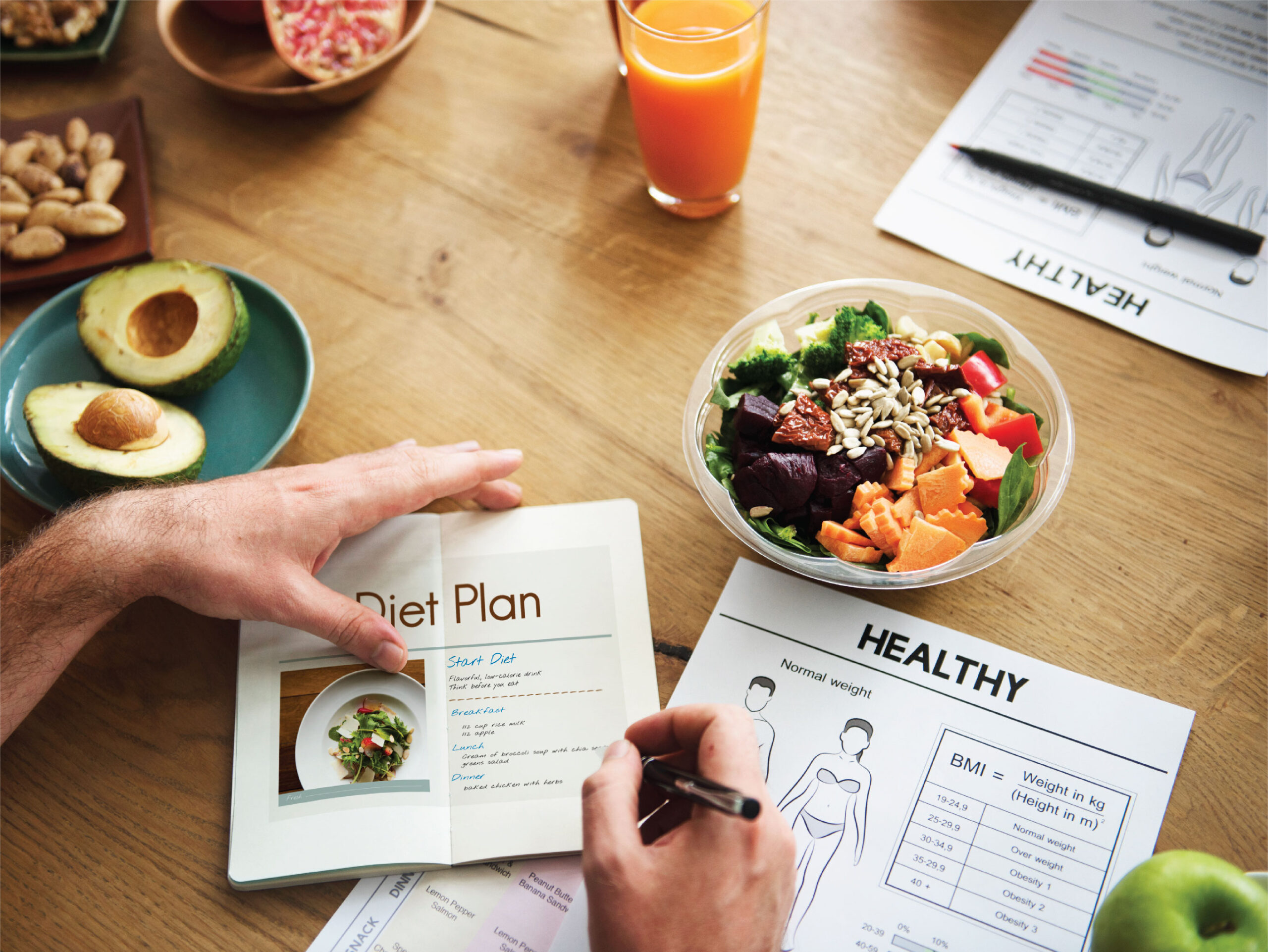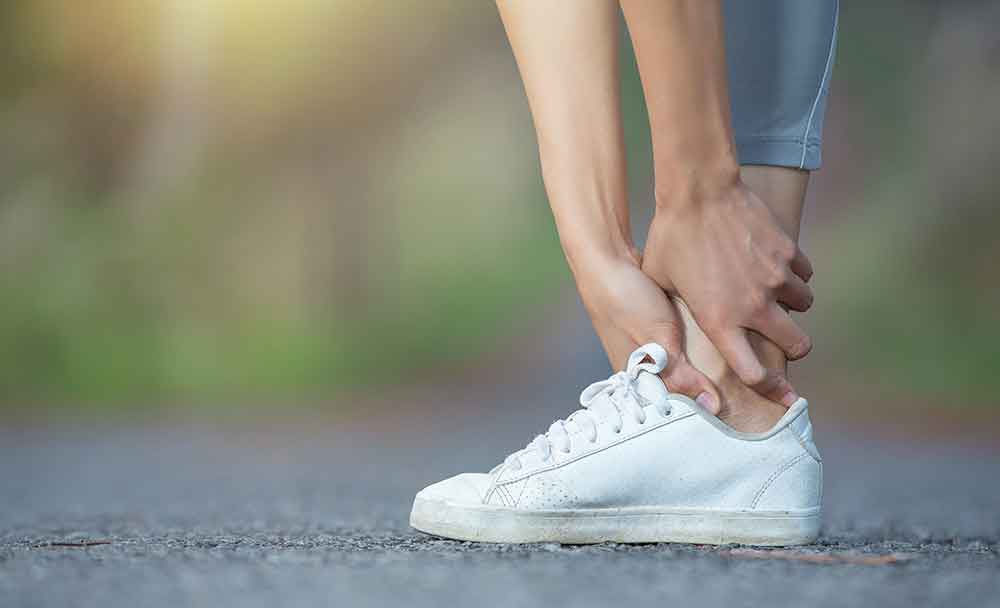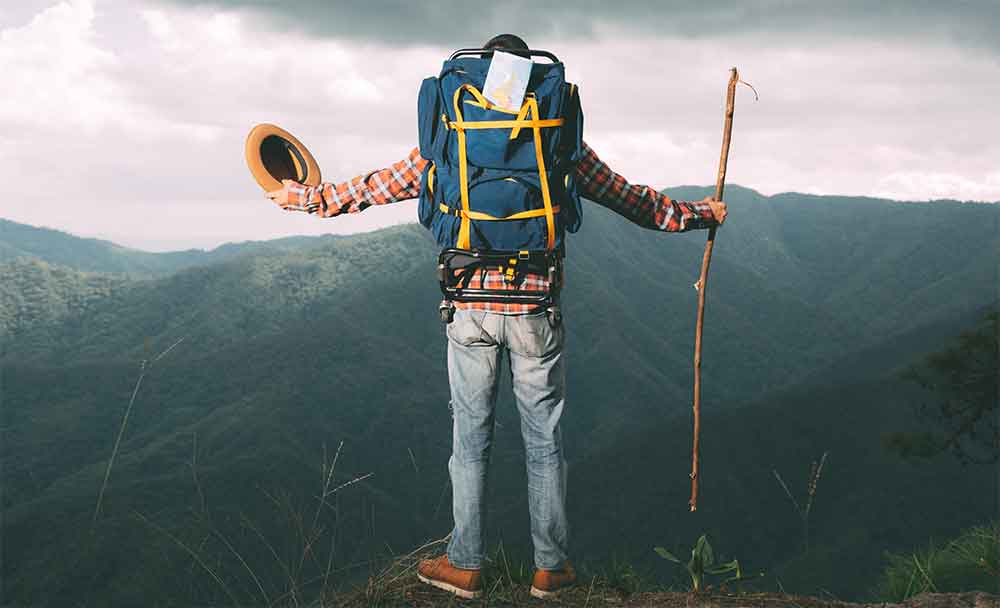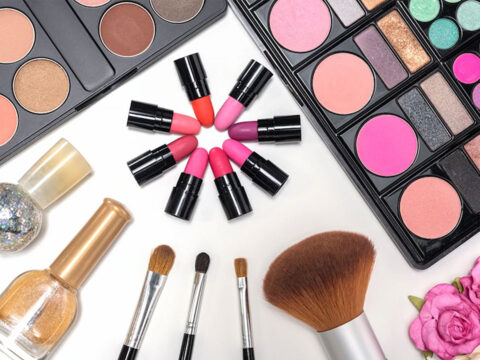
10 Simple Tips To Create Your Own Diabetes Healthy Diet
July 11, 2022
Dealing With Plantar Fasciitis In Diabetes Patients
July 27, 2022If you have diabetes, spending a day or more outdoors may pose a challenge. Both hiking and camping may feel overwhelming experiences and discourage you from enjoying outdoor activities.
However, by learning how to manage your diabetes medications and control your blood sugar levels, you can plan not only a full day hike but also overnight camping adventures.
How Does Hiking and Camping Affect Diabetes?
The changes in activity levels and dietary routine can disrupt your blood sugar levels and require an adjustment in your medications. These medication changes may also take some time to adjust to the body, further adding to the challenges for diabetes patients.
While hiking and camping, diabetes patients may experience both hyperglycemia and hypoglycemia. However, hypoglycemia or low blood sugar levels is a more commonly experienced problem.
Is It Safe to Hike and Camp With Diabetes?
Even though hiking and camping affect blood sugar levels, it is safe to enjoy these outdoor activities as long as you follow safety guidelines and precautions. It is, however, always advised to consult your doctor before heading out for hiking and camping.
Safety Tips for Hiking and Camping With Diabetes

- Insulin Storage
Insulin can freeze in cold weather and overheat in warm weather, consequently failing to function properly. Therefore, it is important to store insulin properly while hiking and camping.
During warm weather, it is advised to keep your insulin out of direct heat and sunlight and store it in the coolest places in your backpack. You can also use a cooling wallet or pouch for storing insulin.
During cold weather, you can keep the insulin in a jacket, trousers or coat pocket to keep it warm and prevent it from freezing.
- Medications and Diabetes Supplies
Before going hiking, consult your doctor to adjust your insulin for the trip. Then, pack your medication and diabetes supplies accordingly.
Always make sure to pack more supplies than needed. The thumb rule is to pack twice the amount of medication than actually required. You must also pack your supplies into two different bags so that even if you lose one bag, you still have enough medication in the other bag to last your trip.
- Food
While hiking, it is crucial to eat more carbohydrates than normal to avoid hypoglycemia. You must also have a healthy quantity of whole grains during your trip as they digest slowly, boost your energy levels and provide fibres that can slow down the glucose absorption rate into your cells.
Furthermore, you must ensure to keep a quick-acting source of glucose like glucose tablets or powder that can help beat hypoglycemia instantly.
- Blood Glucose Metre
While hiking and camping, it is essential to monitor your blood sugar levels more frequently as recognising symptoms of high or low blood sugar levels can become harder with constant physical activity.
However, you must remember that some metres can over or underestimate the blood sugar levels at high altitudes, and there is also a possibility of blood thickening due to dehydration while hiking. Therefore, it is recommended to keep the blood glucose metres and test sticks warm with the help of insulated pouches.
In addition, it is also advised to take a backup metre and battery while camping along with a large number of test strips to prevent any problems.
- Hydration
Hydration is the key to a successful hiking and camping adventure with diabetes. Drinking plenty of water helps you maintain your endocrine functions and keep your blood sugar levels in control.
- Shoes and Socks
Foot complications are one of the most common problems experienced by diabetes patients. Therefore, it is important to wear comfortable shoes and socks to prevent sores and ulcers in the foot.
Item You Must Pack for a Hiking and Camping Trip With Diabetes
Diabetes Supplies
Along with your essential medications and diabetes supplies, here are some things that you must pack on a hiking and camping trip.
- Extra test strips
- A glucose metre
- A backup metre with extra battery
- Extra insulin syringes, pens or pump
- A glucagon emergency kit
- Insulin cooler
- Medical ID
Food and Hydration
You should always pack a quick-acting carbohydrate like glucose tablets or juice and healthy snacks like nuts or nutrition bars.
The Final Takeaway
Exercise has been proven to be one of the best ways to manage diabetes. Hiking is nothing but a form of exercise, just a little tedious. However, it can benefit diabetes patients substantially, given that they follow safety guidelines and keep their blood sugar levels in check.
When added with camping, hiking may also serve as an enjoyable and rejuvenating activity for diabetes patients.




